Triple-Checking and turn on!
All power supplies are now installed. I checked all the connections and stride across the wall with a digital multimeter. After correcting some mistakes I turned on one supply after the other. It was a very crumbly feeling I must say, even after investing a lot of time to ensure that all connections were right.
Finally it works but the failing LED’s are still a topic. Here some pictures running on the development system. 3D functionality is not there yet. Also the planned foot switches to freeze and save the image are not installed yet.
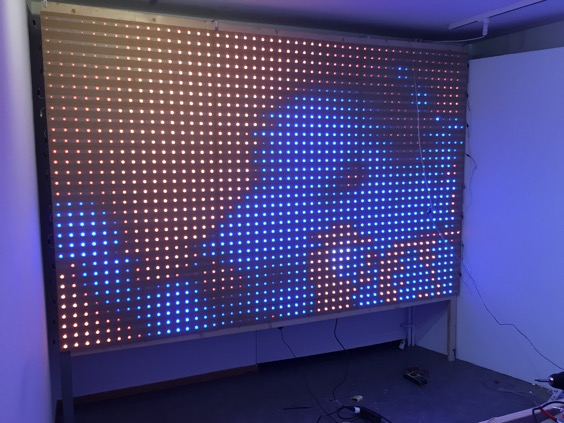












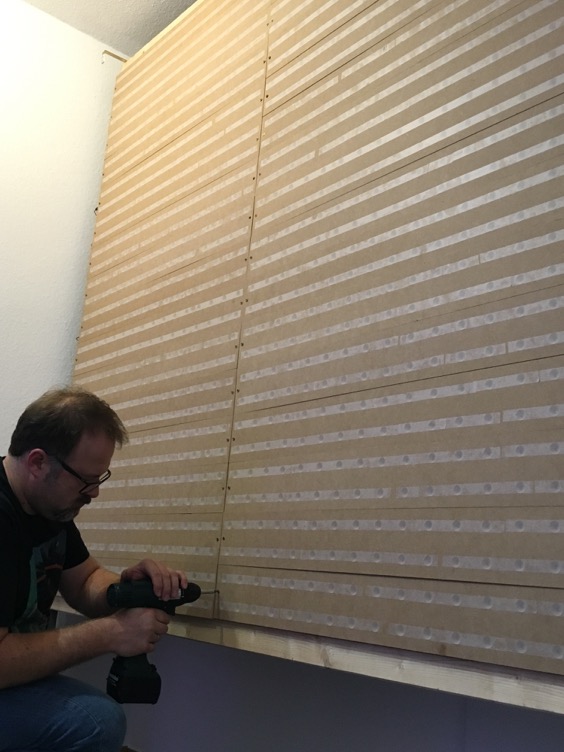

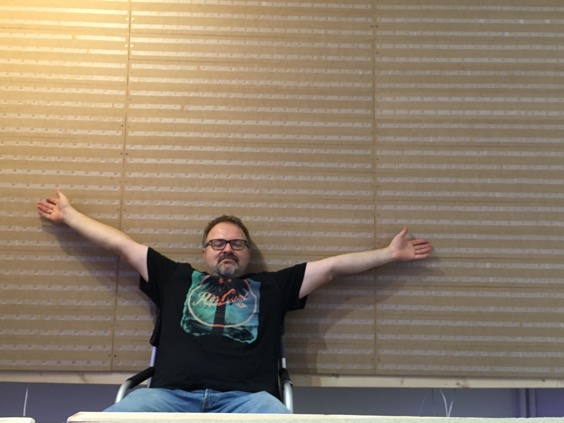




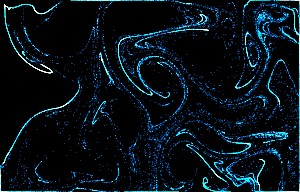
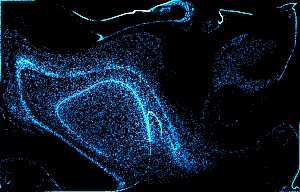









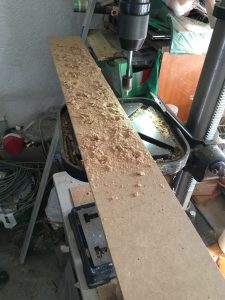
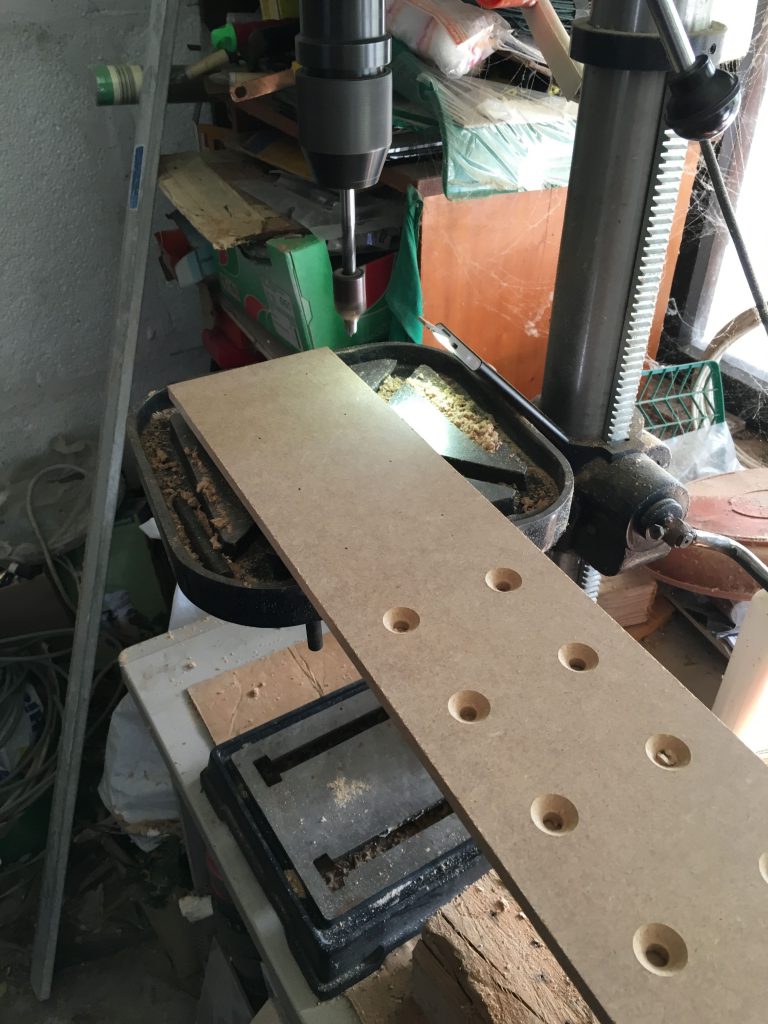


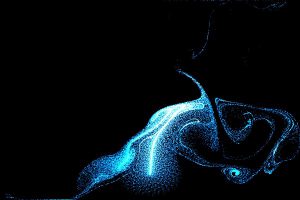 Imagine – you can influence a huge wall of blue lights just with your hand. Then, at a certain point, you push a button and freeze the picture. What you then see is yourBlue or in German DeinBlau. We will take this moment and add it to a big picture, a collage of thousands of tiles produced by all the visitors of the exhibition. So at the end you are a part of a big piece of art. Wouldn’t that be great?
Imagine – you can influence a huge wall of blue lights just with your hand. Then, at a certain point, you push a button and freeze the picture. What you then see is yourBlue or in German DeinBlau. We will take this moment and add it to a big picture, a collage of thousands of tiles produced by all the visitors of the exhibition. So at the end you are a part of a big piece of art. Wouldn’t that be great?